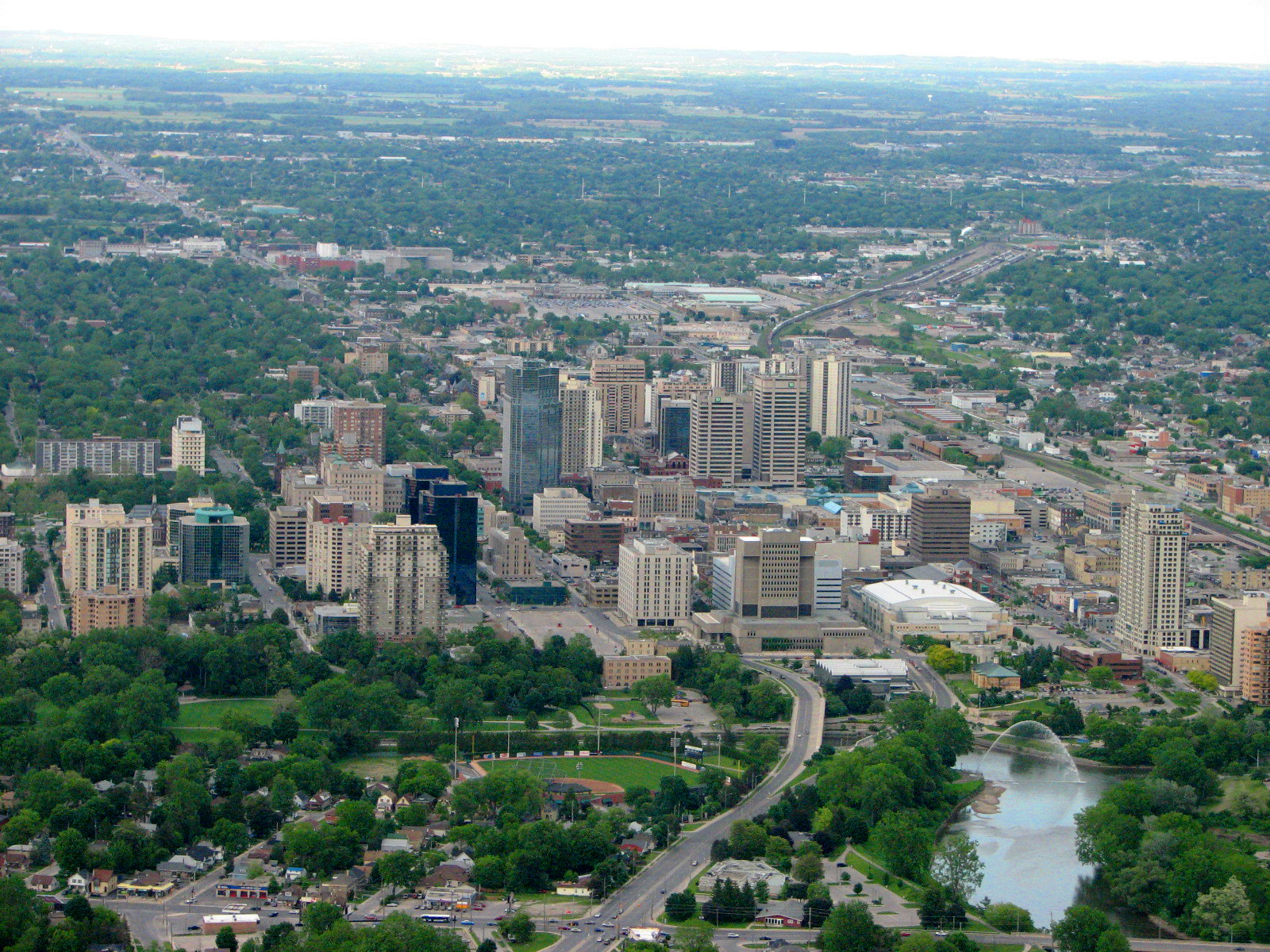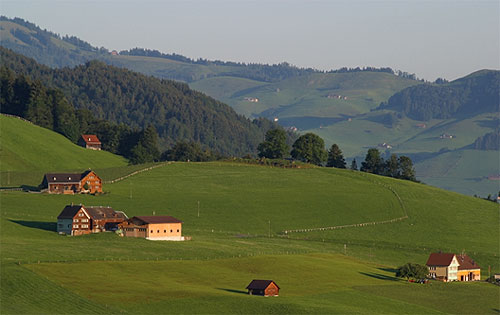|
Oldfield, Ontario
Oldfield is a dispersed rural community in the municipality of Chatham-Kent in Southwestern Ontario, Canada. It is southeast of Wallaceburg, and is on Chatham-Kent Road 42 (signed there as the Oldfield Line), east of Ontario Highway 40 King's Highway 40, commonly referred to as Highway 40, is a provincially maintained highway in the southwestern portion of the Canadian province of Ontario. The route links Chatham and Sarnia via Wallaceburg, following close to the St. Clair R .... Maxwell Creek flows along the north side of the community. References Communities in Chatham-Kent {{Ontario-geo-stub ... [...More Info...] [...Related Items...] OR: [Wikipedia] [Google] [Baidu] |
Canada
Canada is a country in North America. Its ten provinces and three territories extend from the Atlantic Ocean to the Pacific Ocean and northward into the Arctic Ocean, covering over , making it the world's second-largest country by total area. Its southern and western border with the United States, stretching , is the world's longest binational land border. Canada's capital is Ottawa, and its three largest metropolitan areas are Toronto, Montreal, and Vancouver. Indigenous peoples have continuously inhabited what is now Canada for thousands of years. Beginning in the 16th century, British and French expeditions explored and later settled along the Atlantic coast. As a consequence of various armed conflicts, France ceded nearly all of its colonies in North America in 1763. In 1867, with the union of three British North American colonies through Confederation, Canada was formed as a federal dominion of four provinces. This began an accretion of provinces an ... [...More Info...] [...Related Items...] OR: [Wikipedia] [Google] [Baidu] |
Ontario
Ontario ( ; ) is one of the thirteen provinces and territories of Canada.Ontario is located in the geographic eastern half of Canada, but it has historically and politically been considered to be part of Central Canada. Located in Central Canada, it is Canada's most populous province, with 38.3 percent of the country's population, and is the second-largest province by total area (after Quebec). Ontario is Canada's fourth-largest jurisdiction in total area when the territories of the Northwest Territories and Nunavut are included. It is home to the nation's capital city, Ottawa, and the nation's most populous city, Toronto, which is Ontario's provincial capital. Ontario is bordered by the province of Manitoba to the west, Hudson Bay and James Bay to the north, and Quebec to the east and northeast, and to the south by the U.S. states of (from west to east) Minnesota, Michigan, Ohio, Pennsylvania, and New York. Almost all of Ontario's border with the United States f ... [...More Info...] [...Related Items...] OR: [Wikipedia] [Google] [Baidu] |
Southwestern Ontario
Southwestern Ontario is a secondary region of Southern Ontario in the Canadian province of Ontario. It occupies most of the Ontario Peninsula bounded by Lake Huron, including Georgian Bay, to the north and northwest; the St. Clair River, Lake St. Clair, and Detroit River, to the west; and Lake Erie to the south. To the east, on land, Southwestern Ontario is bounded by Central Ontario and the Golden Horseshoe. The region had a population of 2,583,544 in 2016. It is sometimes further divided into "Midwestern Ontario" covering the eastern half of the area and the heart of Southwestern Ontario encompassing the western half of the region. Definitions The Government of Ontario also classifies municipalities along the eastern side of Southwestern Ontario near the Grand River, including Wellington County (containing Guelph), the Region of Waterloo (containing Kitchener, Waterloo, and Cambridge), and Brant County (containing Brantford), as part the "Greater Golden Horseshoe" region that ... [...More Info...] [...Related Items...] OR: [Wikipedia] [Google] [Baidu] |
Eastern Time Zone
The Eastern Time Zone (ET) is a time zone encompassing part or all of 23 states in the eastern part of the United States, parts of eastern Canada, the state of Quintana Roo in Mexico, Panama, Colombia, mainland Ecuador, Peru, and a small portion of westernmost Brazil in South America, along with certain Caribbean and Atlantic islands. Places that use: * Eastern Standard Time (EST), when observing standard time (autumn/winter), are five hours behind Coordinated Universal Time ( UTC−05:00). * Eastern Daylight Time (EDT), when observing daylight saving time (spring/summer), are four hours behind Coordinated Universal Time ( UTC−04:00). On the second Sunday in March, at 2:00 a.m. EST, clocks are advanced to 3:00 a.m. EDT leaving a one-hour "gap". On the first Sunday in November, at 2:00 a.m. EDT, clocks are moved back to 1:00 a.m. EST, thus "duplicating" one hour. Southern parts of the zone (Panama and the Caribbean) do not observe daylight saving time ... [...More Info...] [...Related Items...] OR: [Wikipedia] [Google] [Baidu] |
Postal Codes In Canada
A Canadian postal code (french: code postal) is a six-character string that forms part of a postal address in Canada. Like British, Irish and Dutch postcodes, Canada's postal codes are alphanumeric. They are in the format ''A1A 1A1'', where ''A'' is a letter and ''1'' is a digit, with a space separating the third and fourth characters. As of October 2019, there were 876,445 postal codes using ''Forward Sortation Areas'' from A0A in Newfoundland to Y1A in Yukon. Canada Post provides a postal code look-up tool on its website, via its mobile application, and sells hard-copy directories and CD-ROMs. Many vendors also sell validation tools, which allow customers to properly match addresses and postal codes. Hard-copy directories can also be consulted in all post offices, and some libraries. When writing out the postal address for a location within Canada, the postal code follows the abbreviation for the province or territory. History City postal zones Numbered postal zones ... [...More Info...] [...Related Items...] OR: [Wikipedia] [Google] [Baidu] |
Area Codes 519, 226, And 548
Area codes 519, 226 and 548 are the telephone area codes in the North American Numbering Plan (NANP) for most of southwestern Ontario. Area code 519 was created in 1953 by a split of two numbering plan areas (NPAs), from the western portion of 416 and the southwestern portion of 613. In 1957, parts of 519 and 613 formed area code 705. 519 is mostly bounded by area code 905, except for Simcoe County which is bordered by 705. It was overlaid with the new area code 226 on October 21, 2006, at which time ten-digit dialling became mandatory. The third area code, 548, was added on June 4, 2015. Area code 382 has been reserved as a fourth code for the region. The primary ILEC ( Incumbent Local Exchange Carrier) in 519/226/548 is Bell Canada, with numerous other small independent companies that covered vast tracts of rural Ontario. Since competition for service was mandated in 1997, numerous CLECs (Competitive Local Exchange Carrier) have also started serving the region. History The ... [...More Info...] [...Related Items...] OR: [Wikipedia] [Google] [Baidu] |
Dispersed Settlement
A dispersed settlement, also known as a scattered settlement, is one of the main types of settlement patterns used by landscape historians to classify rural settlements found in England and other parts of the world. Typically, there are a number of separate farmsteads scattered throughout the area. A dispersed settlement contrasts with a nucleated village. It can be known as main human settlements. The French term ''bocage'' is sometimes used to describe the type of landscape found where dispersed settlements are common. In addition to Western Europe, dispersed patterns of settlement are found in parts of Papua New Guinea, as among the Gainj, Ankave, and Baining tribes. It is also frequently met with in nomadic pastoral societies. In Ghana, Kumbyili in the northern region is also an example of a dispersed settlement England In England, dispersed settlements are often found in the areas of ancient enclosure outside the central region—for example, Essex, Kent and the West Cou ... [...More Info...] [...Related Items...] OR: [Wikipedia] [Google] [Baidu] |
Atlas Of Canada
The Atlas of Canada (french: L'Atlas du Canada) is an online atlas published by Natural Resources Canada that has information on every city, town, village, and hamlet in Canada. It was originally a print atlas, with its first edition being published in 1906 by geographer James White and a team of 20 cartographers. Much of the geospatial data used in the atlas is available for download and commercial re-use from the Atlas of Canada site or from GeoGratis. Information used to develop the atlas is used in conjunction with information from Mexico and the United States to produce collaborative continental-scale tools such as the North American Environmental Atlas The ''North American Environmental Atlas'' is an interactive mapping tool created through a partnership of government agencies in Canada, Mexico and the United States, along with the Commission for Environmental Cooperation, a trilateral internati .... External links {{Portal, Geography, Canada The Atlas of Canada * The 1915 ... [...More Info...] [...Related Items...] OR: [Wikipedia] [Google] [Baidu] |
Ministry Of Natural Resources And Forestry
The Northern Development, Mines, Natural Resources and Forestry is a government ministry of the Canadian province of Ontario that is responsible for Ontario's provincial parks, forests, fisheries, wildlife, mineral aggregates and the Crown lands and waters that make up 87 per cent of the province. Its offices are divided into Northwestern, Northeastern and Southern Ontario regions with the main headquarters in Peterborough, Ontario. The current minister is Greg Rickford. In 2021, the Ministry of Natural Resources and Forestry again merged with the Ministry of Energy, Northern Development and Mines to form the Ministry of Northern Development, Mines, Natural Resources and Forestry, while the Ministry of Energy became a separate ministry. History The first government office charge with responsibility of crown land management in modern-day Ontario was the Office of the Surveyor-General of the Northern District of North America, created in 1763 and initially headed by Samuel Hollan ... [...More Info...] [...Related Items...] OR: [Wikipedia] [Google] [Baidu] |
Ministry Of Municipal Affairs And Housing (Ontario)
The Ministry of Municipal Affairs and Housing is the ministry of the Government of Ontario that is responsible for municipal affairs and housing in the Canadian province of Ontario. The current Minister of Municipal Affairs and Housing is Steve Clark. History The Department of Municipal Affairs was established in 1934 by the ''Department of Municipal Affairs Act'', which was passed in 1935. It inherited the municipal administrative and regulatory functions which had briefly been the responsibility of the Ontario Municipal Board. Initially, it was responsible for supervising the affairs of the municipalities whose real property tax-revenue base had collapsed during the Depression. After The Second World War, it became more involved in the provision of administrative and financial advice and support to municipalities. From 1947 until 1955, the Minister of Municipal Affairs acted as the Registrar General, and the Office of the Registrar General was attached to the department. This ... [...More Info...] [...Related Items...] OR: [Wikipedia] [Google] [Baidu] |
Ministry Of Transportation Of Ontario
The Ministry of Transportation (MTO) is the provincial ministry of the Government of Ontario that is responsible for transport infrastructure and related law in Ontario. The ministry traces its roots back over a century to the 1890s, when the province began training Provincial Road Building Instructors. In 1916, the Department of Public Highways of Ontario (DPHO) was formed and tasked with establishing a network of provincial highways. The first was designated in 1918, and by the summer of 1925, sixteen highways were numbered. In the mid-1920s, a new Department of Northern Development (DND) was created to manage infrastructure improvements in northern Ontario; it merged with the Department of Highways of Ontario (DHO) on April 1, 1937. In 1971, the Department of Highways took on responsibility for Communications and in 1972 was reorganized as the Ministry of Transportation and Communications (MTC), which then became the Ministry of Transportation in 1987. Overview The MTO is in ch ... [...More Info...] [...Related Items...] OR: [Wikipedia] [Google] [Baidu] |




